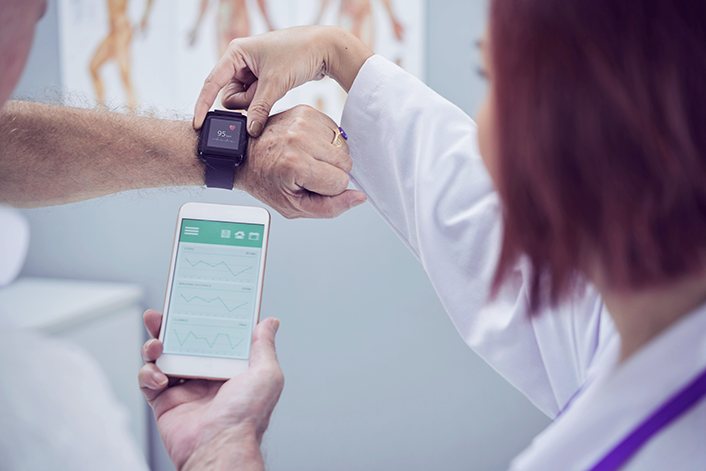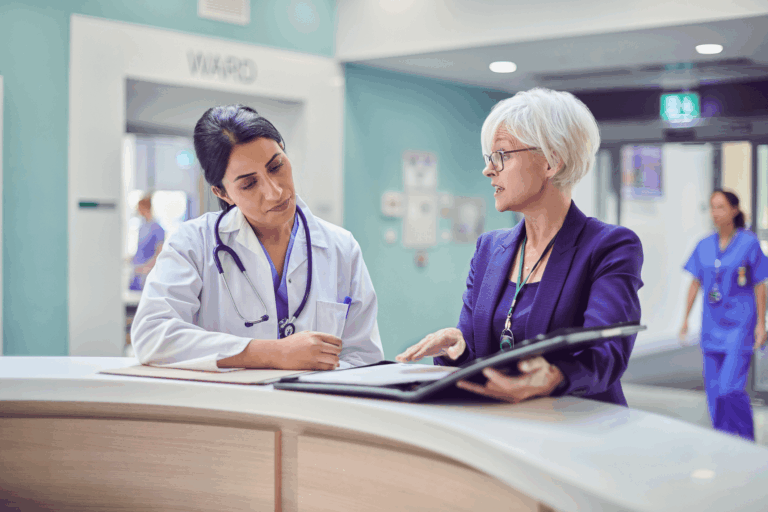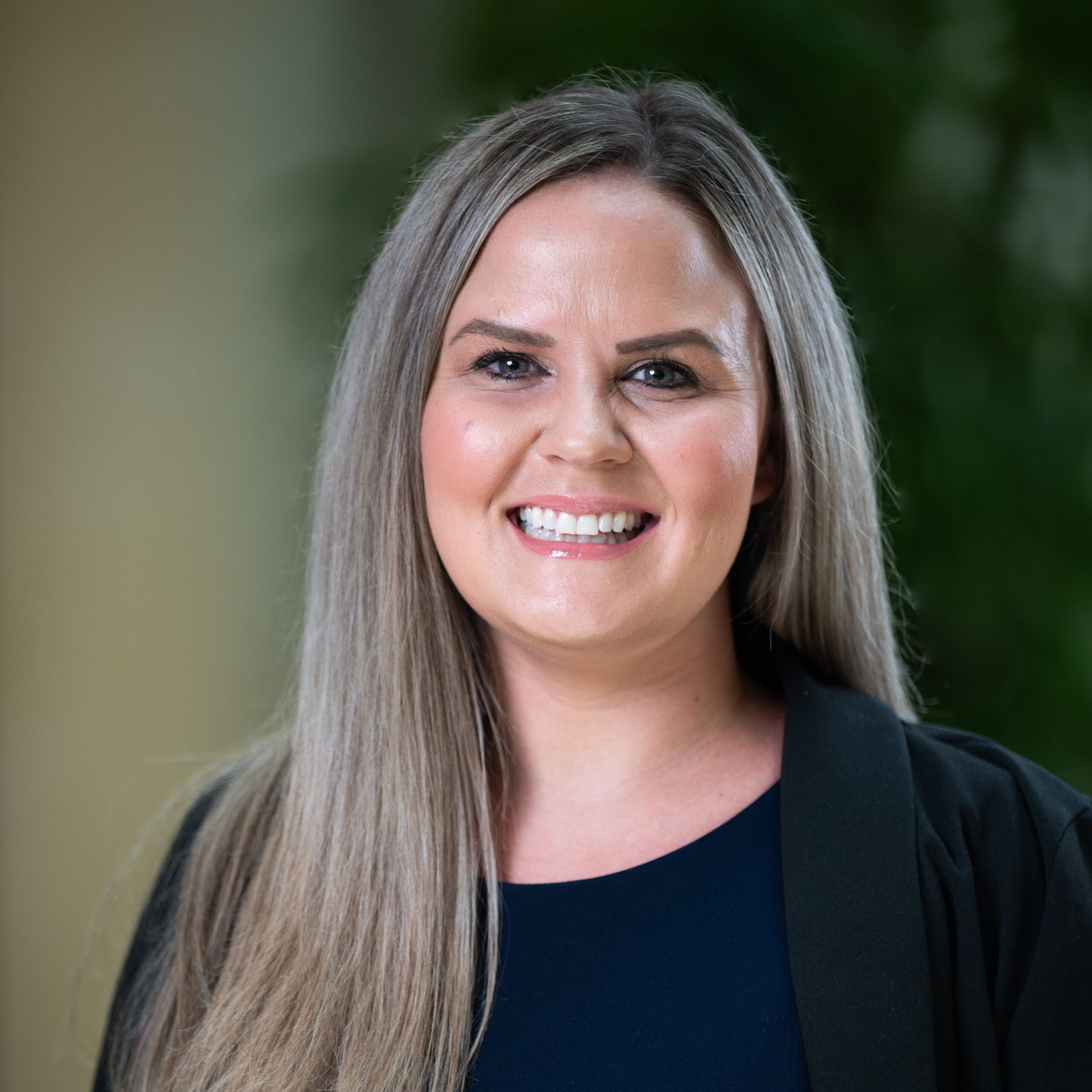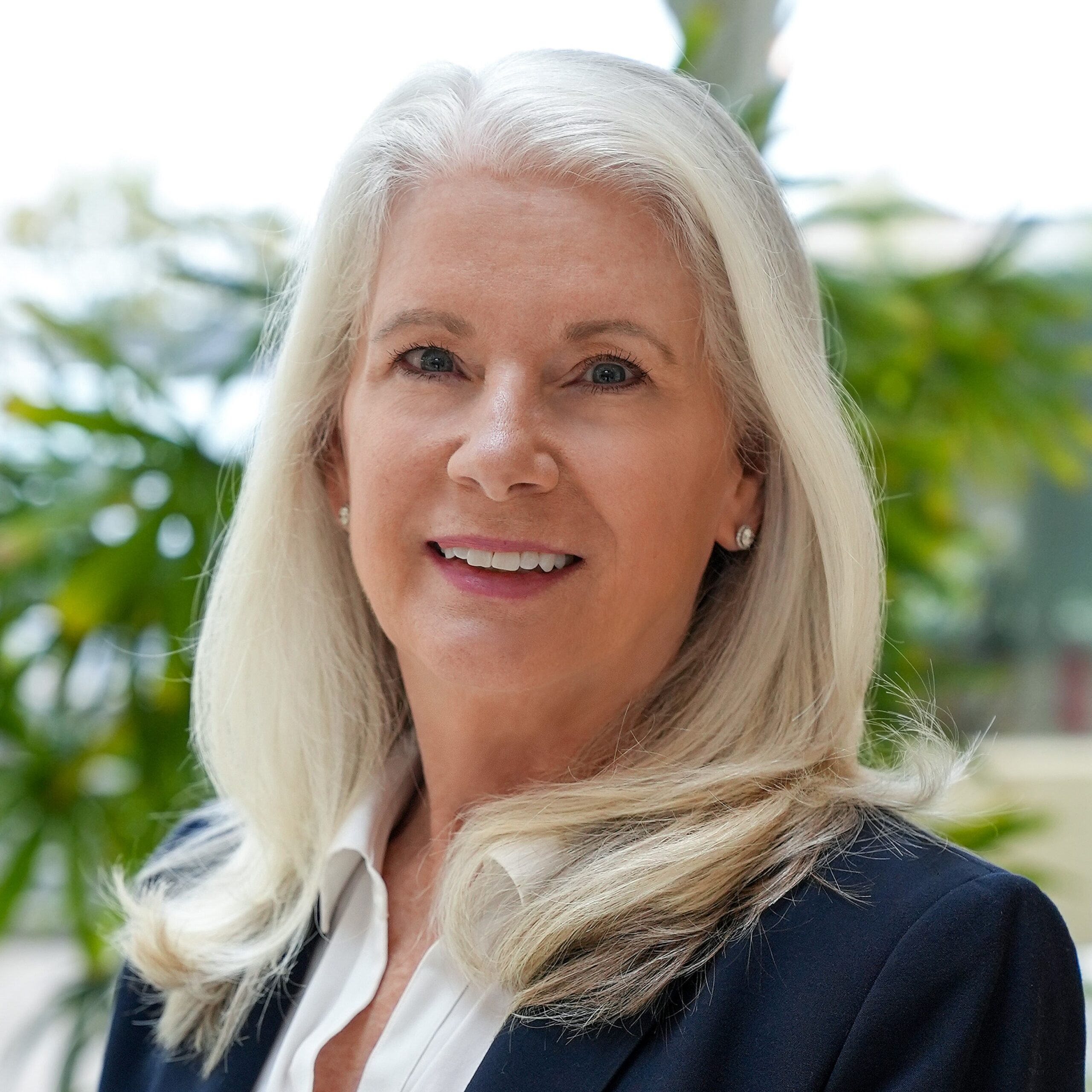The impact of medical technology in the healthcare industry.
Many hospitals are successfully extending the number of patients they can serve, even those who may not be able to get to a facility.
From portable EKGs to biometric implants and even visual reality surgery simulators, these improvements are benefiting not only hospitals but their bottom lines as well.
Access with portable technology.
Access especially comes into play with portable ultrasound, EKG, and MRI machines, allowing specialties like obstetrics get reads on their patients’ vitals even in tight spaces and remote locations.
Phone apps can even take a 12-lead EKG, instantly taking images that are almost as accurate as a standard bedside exam.
Patients who were once thought unreachable due to being homebound or living too far can be treated faster with the diagnostic tools that perform the same functions as those in your hospital, leading to better outcomes and better reach of care from your doctors all at a cost cheaper than traditional machines.
Empowering providers with app-based information.
Healthcare facilities no longer need to worry about running full steam on a full-time staff. Telehealth and app-based communication between patient/doctor and doctor/hospital allow for flexibility in scheduling with few overlaps or conflicts.
Imagine how effective your emergency department could be with all of your patients’ medical history, data and vitals all housed in one app that everyone on the team could access.
Apps like Pulsara allow emergency responders to upload information about vital signs and even images of the injury to help prep the trauma team for the patients’ arrival.
These new apps also allow cross-specialty communication, ensuring that the margin of error for a single patients’ reading is slim and that all responders are prepped and prepared for emergencies.
Now, your provider doesn’t have to find or update a paper chart. They can access all the information they need from their phone and even use their devices to sharpen their skills as well.
Virtual reality software and programs train doctors are also and emergency responses in real time, providing life-like experiences on demand to help prevent mistakes from happening on the floor.
By shrinking this margin of error, your providers will always be ahead of their game and constantly improving their patient and trauma care no matter what their skill level.
Better patient evals with biometric monitoring.
Tech advances like biometric monitoring let patients can keep track of vitals, vitamin levels and even brain chemistry from their phone or smartwatch, sharing this information with their neurologists, cardiologists, or even oncologists.
A study by Wake Forest Baptist Medical Center earlier this year, surgeons learned that a brain implant increased short-term memory capabilities by thirty-seven percent, showing that medical advances and biometric monitoring aren’t just the ideas of science fiction any longer.

The future of healthcare tech.
With an estimated $206 billion in 2020, the field of medical technology will continue to thrive, connect and innovate for years to come.
It’s making our doctors better and our hospitals run more efficiently, all while providing better care to the patients who need it most.







